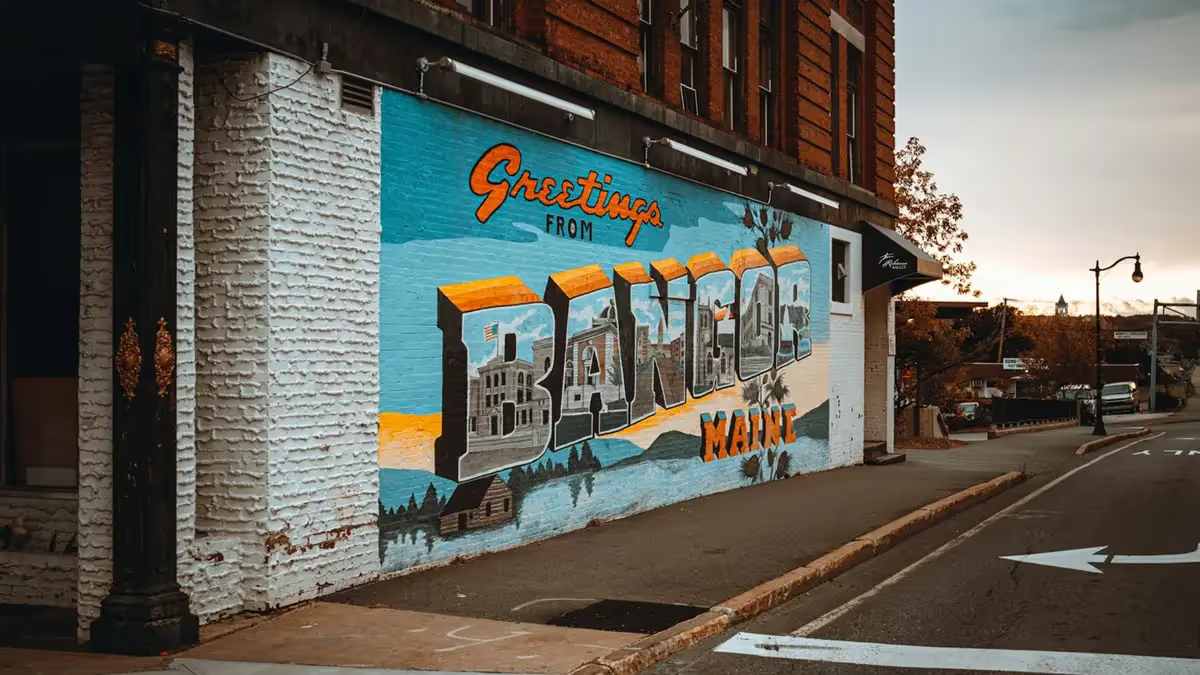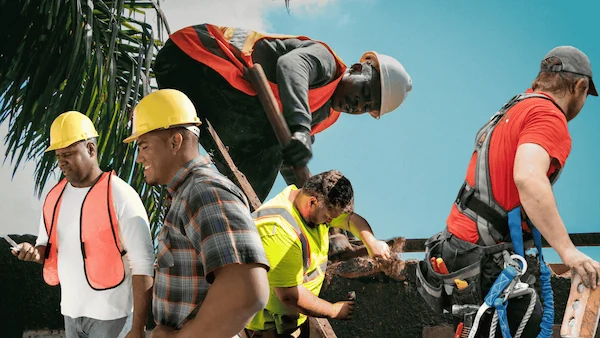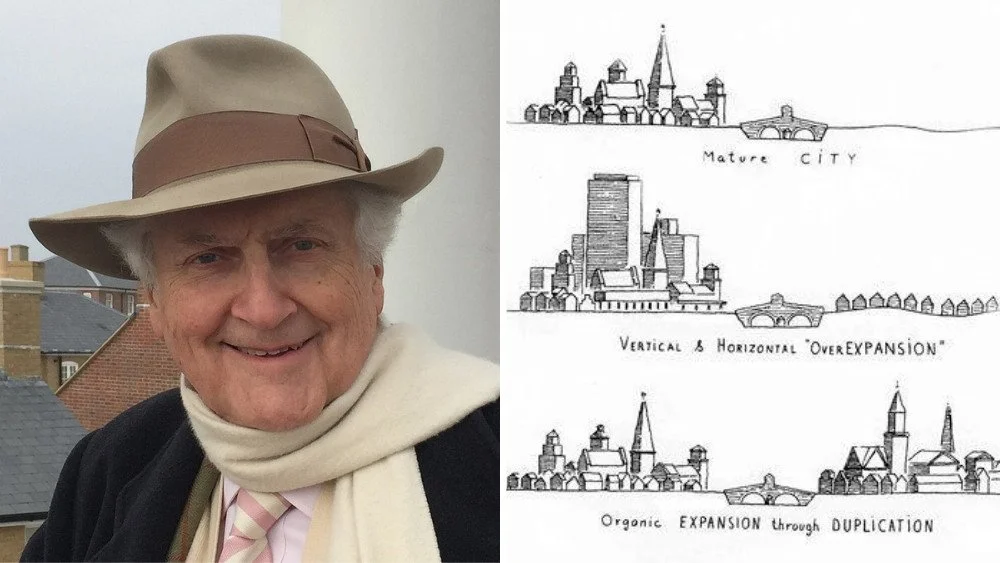Editor's Note: The challenges our cities face are growing, but so is the strength of this movement. Every story we share, every idea we spread, and every tool we build exists because people like you are committed to showing up. Your membership isn’t passive—it’s the momentum that makes change possible.
Bangor, Maine, isn’t holding out for silver bullets. It’s getting to work—clearing the way for more homes in creative, community-minded ways.
City leaders shrank lot-size minimums—slashing them roughly in half—so homeowners can build legitimately legal homes on lots that used to be considered too small. Thanks in part to Maine’s LD 2003—a state law requiring towns to permit ADUs in most residential areas—Bangor homeowners can now add granny flats, in-law studios, or backyard cottages. ADUs aren’t loopholes anymore; they’re standard practice.
But the city didn’t stop there. Bangor embraced tiny home parks, offering a path for compact, affordable living that’s less disruptive than huge developments. And in a nod to both history and practicality, the city updated its code so that large historic homes can be converted into modern boarding houses: private rooms with shared kitchens and common spaces, bringing new life (and residents) into existing buildings while keeping their character intact.
Sweetening the Deal
To make affordability pencil out, Bangor offers a straightforward incentive: include lower-cost units, and you’re allowed to build more overall. This “density bonus” encourages development within existing neighborhoods by making better use of already serviced land and infrastructure. By rewarding projects that add affordable housing, the city promotes thoughtful growth that fills gaps and revitalizes established areas—helping communities expand inward rather than pushing outward. The hope is that initiatives like this will eventually reduce dependence on costly public subsidies.
There’s a reason Bangor, Maine earned a place on our Housing-Ready City Map.
This isn’t about flashy towers or sweeping redevelopment plans. It’s about practical, block-by-block progress. Bangor’s reforms help homeowners, families, and small developers alike—and they didn’t require massive subsidies or endless political gridlock. The city simply recognized that if it wants to welcome growth, it needs to make room for it, and let people shape it from the ground up.
That’s what being housing-ready looks like: clearing the legal hurdles, welcoming variety, and helping neighborhoods evolve without losing what makes them strong. If your town is ready to take similar steps, explore our Housing-Ready Toolkit—a practical guide to bottom-up reform that works for communities of every size.





.webp)